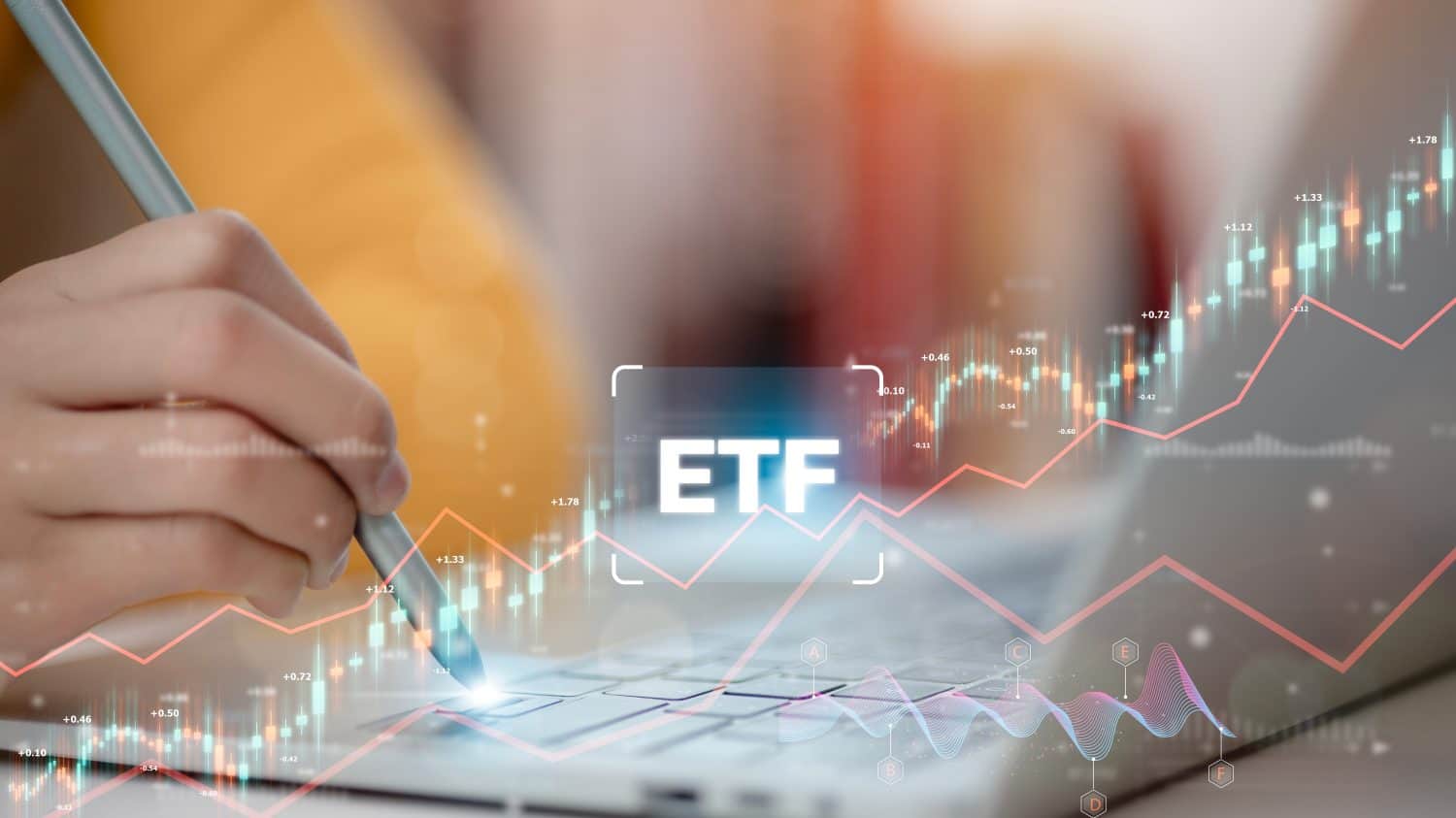Personal Finance
2 Vanguard ETFs That Have Lagged the Market but Could Soon March Higher

Published:

Vanguard exchange-traded funds (ETFs) are renowned for their simplicity, high-quality construction, and rock-bottom fees (expense ratios). While their S&P 500 index fund offerings may be the most straightforward pick for most passive investors looking to settle for market returns, I do think some of their other offerings are worth looking into to batten down the hatches on your portfolio.
Undoubtedly, some of the total market or S&P 500-following Vanguard ETFs may beat (or fall short of) the broader stock market in any given year. And though passive investors shouldn’t trade ETFs to improve their shots of topping the stock market in any given quarter or year, there are a handful of reasons for passive investors to consider some of the other ETFs under the Vanguard umbrella. In my view, they can help meet a broader range of needs while keeping costs at or around the floor.
In this piece, we’ll explore three lagging Vanguard ETFs that may actually have more to offer on the front of value than the plain, vanilla S&P 500 funds. After two consecutive years of 20-plus percent returns, paying more emphasis on value factors and added diversification could be a strategy to help passive investors stand tall in a year that could see the market take a subtle breather of sorts, likely as tech (most notably semiconductors) goes from leading to lagging.
Some Vanguard ETFs can help investors level up their diversification for 2025.
4 million Americans are set to retire this year. If you want to join them, click here now to see if you’re behind, or ahead. It only takes a minute. (Sponsor)
First, we have the Vanguard Total International Stock ETF (NASDAQ:VXUS), an internationally-focused ETF that can help American investors diversify beyond the U.S. stock market. Indeed, having some home-country bias has been a good thing in recent years, with the S&P 500 posting two double-digit percentage gain years in a row while the VXUS returned a single-digit amount in the same timespan.
However, with valuations going frothy and American tech’s AI dominance coming into question following China’s DeepSeek AI breakthrough, perhaps diversifying internationally is a great way for passive investors looking to broaden their horizons. As it turns out, diversifying internationally is a great way to also expose yourself to some cheaper (lower multiple) names.
With the VXUS (which excludes the U.S. names), you’re getting one of the most efficient ways to get a front-row seat to thousands of solid (and, in my cases, reasonably valued, at least compared to most U.S. stocks) businesses with one of the lowest prices of admission out there. As is typical with most Vanguard ETFs, the VXUS has an expense ratio below 0.1% (currently at 0.08%).
As far as global equity ETFs go, the VXUS is one of the gold standards.
Passive investors heavily invested in the S&P 500 may be lacking in the smaller-cap names. Undoubtedly, DeepSeek’s latest AI breakthrough shows us that there are smaller, virtually unknown firms that can rise out of the smaller-cap scene to hog the headlines and pressure the mega-cap tech titans (like the Magnificent Seven). Indeed, the lesson of DeepSeek, I believe, is the value of having some small- or mid-cap exposure in one’s portfolio.
The Vanguard Small-Cap Value ETF (NYSEARCA:VBR) is a great pick for investors looking to put some money on the smaller, lesser-known names that could benefit as the stock rally broadens beyond the largest tech behemoths.
Over the past year, VBR shares have gained 14.7%, far less than the S&P 500. If 2025 is a year that sees the gains broaden to the smaller-cap universe, the VBR could be in a spot to fare better, especially if the broader large-cap-dominated S&P 500 is in for a “lost decade” of sorts.
In any case, the VBR has a really low expense ratio of 0.07%, with hundreds of stocks underneath the hood, most of which passive investors have probably never heard of. With an average price-to-earnings (P/E) ratio of 16.1 times, the fund is also a great way to play the “value factor” if you, like many other investors, are growing wary of the S&P 500’s recent wave of multiple expansion, which may or may not be justified.
Start by taking a quick retirement quiz from SmartAsset that will match you with up to 3 financial advisors that serve your area and beyond in 5 minutes, or less.
Each advisor has been vetted by SmartAsset and is held to a fiduciary standard to act in your best interests.
Here’s how it works:
1. Answer SmartAsset advisor match quiz
2. Review your pre-screened matches at your leisure. Check out the advisors’ profiles.
3. Speak with advisors at no cost to you. Have an introductory call on the phone or introduction in person and choose whom to work with in the future
Thank you for reading! Have some feedback for us?
Contact the 24/7 Wall St. editorial team.